New To Blogging: 8 Big Blogging Mistakes (Never Make These!)
When you’re just getting your blog up
and running, it’s easy to get caught up in the excitement of just
launching a blog and rush to get going – so much so, that you make
mistakes along the way.
I know from personal experience how easy it is to screw things up
with a blog – or even just miss opportunities I could have taken
advantage of.So – to help you get started on the right foot (or get back on track if you’ve run off course) here are the 8 most common (and biggest!) mistakes I see new bloggers making:
Want to learn how to start a blog? Check out my step-by-step tutorial.
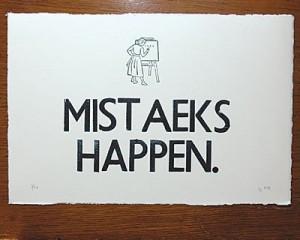
1. Setting an Unrealistic Publishing Schedule
When you first start blogging, you are full of ideas. It’s all new and fresh, so it’s easy to publish like a madman and get all your ideas out.At first, you’re going to think that publishing every day won’t be tough at all – but I can PROMISE you, you WILL slow down, and it will get harder.
That said, some bloggers don’t set any blogging schedule at all, so they get lazy and don’t update for months at a time.
Both of these are problems because your audience needs to have some predictability; they want to know when they can expect you to publish. When you publish too frequently (or infrequently), you create an unpredictable pattern that can frustrate your readers and cost you an audience.
My advice: Be honest with yourself and start conservative. Commit to publishing on a schedule that makes sense for your real life and other obligations. Space out your posts (don’t publish five all at once!) so that you have a steady stream of content to keep people coming back.
2. Not using headers/whitespace
If your blog looks like a big, scary wall of text, readers are going to bounce in a hot minute!Even if your ideas are amazing, presentation is half the battle. Try to break up paragraphs by using headings between them to give your reader’s eyes some anchor points. Keep paragraphs to 3 – 5 sentences maximum, and keep sentences under 30 words (if you can help it).
(Psst… want more tips on readability? This piece from Conversion Review is pretty amazing, even talking about the impacts of different fonts!)
3. Using “Click Here“ in Links Instead of Real Keywords
All of us have clicked on a link before – and as a blogger, you’ll want to use links to help ferry people through your site, show them your sources and get them to look at other pieces of content.But a lot of new bloggers seem to believe that the following is the best or only way to link:
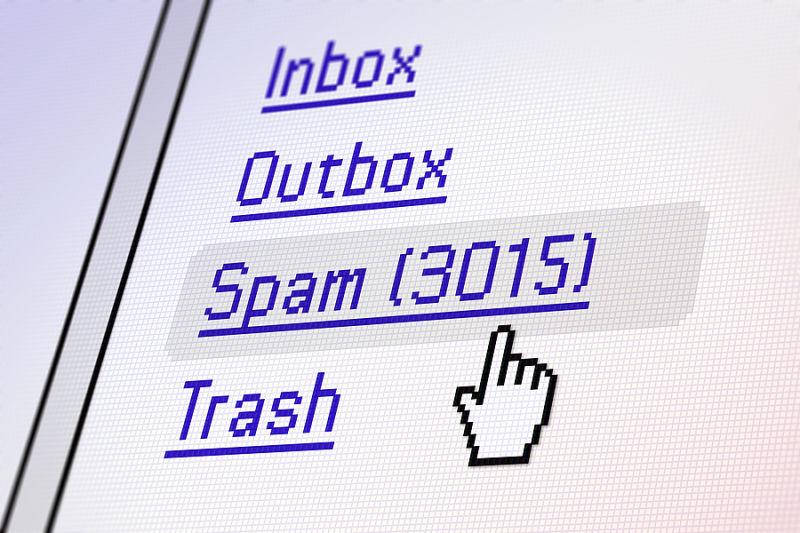
“Need some tips on how to start a blog? CLICK HERE.”
Why do bloggers embed their links like this? I mean, other than as a
cheeky example. Maybe they believe it adds intrigue (it doesn’t) or
maybe they’re just uncertain what tag they’re supposed to link to.
Either way, adding “CLICK HERE” is a mistake.Why? Four reasons:
- It’s overly wordy. Your links should be concise and focused.
- It’s unnecessary. Your title already contains all the clickbait you need; “CLICK HERE” adds nothing.
- It adds uncertainty. Have you ever visited a site that wanted you to “click here, here, and here” to learn more information? The problem with these is that users can’t differentiate those links from one another, nor can they glean any information on where they’re likely to wind up. Your links should be descriptive of what comes after the user clicks so that there’s no mystery.
- It costs you trust. This is the internet age, and the average consumer is wary of ambiguous calls to “CLICK HERE,” which might be sheltering (at best) spam and (at worst) a virus. You work so hard to earn your customer’s loyalty—don’t throw it away on awful gimmicks.
So how should you embed links in your blog posts?
Need an example? Why don’t we clean up that earlier plug:
“Even amateurs can blog like pros after reading How to Start a Blog—A Complete Beginner’s Guide.“
Ah! Now that’s linking that clicks.
4. Not Using Images
Wait, you expect people to sit down and read words? I joke, of course – but surprisingly, we’ve known since 2008 that your average visitor will read less than 20% of your text content.I hope that figure didn’t depress you bright-eyed new bloggers too much.
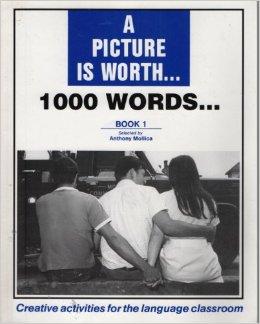
I suppose, the good news is that I didn’t bum out too many people – in fact, studies show just 10% of my readers (and yours, too!) bounce without even bothering to scroll down. It’s sad but true. According to a recent study by Chartbeat, most of your readers will only read about 50% of your post.
This is where including some images might save your bacon.
Charts, infographics, and even clipart help break up your monotonous wall of words. You can also use them to share information visually, allowing you to streamline your sentences and cut right to the heart of your content.
Whether you’re using an image bank line Shutterstock or producing your own photos, make sure your readers know who to thank for their lovely visual diversion.
There’s a price to pay when you infringe on someone else’s copyright, as Josh Ostrovsky—an instagrammer who calls himself “The Fat Jew”—is finding out the hard way.
5. Not Answering Your Comments (Yes, All of Them!)
When someone has taken the time to comment, the biggest mistake you could make is to ignore that audience.Someone made the effort to talk to you – and now, you’re brushing them off? That’s bad mojo – and no way to grow an audience!
Here are four reasons why you should always try to stay engaged with your commenters, whether they’re being positive, negative or just asking a question:
- Encourage more comments.
Nobody likes to feel like they’re talking to a wall—we all crave a real, tangible exchange of information. When someone comments on your post, they’re opening a dialogue with you, and only by responding can you continue that conversation. Seeing this exchange, you may entice more people into commenting too.
- Build your credibility and establish your authority.
Many times, people taking to the comments will pose questions and expect you to have the answers. Other times, they might disagree with you, and raise some counterpoints. In both of these cases, responding is a great way to establish your expertise on the subject and share some knowledge.
- Social proof.
Simply put, readers are lured to blogs with bigger followings. These blogs have a fanbase, which gives them more attention, which in turn lures more readers, etc. By commenting on your comments, you’ll augment your comment count, and maybe even entice some new visitors to stay and check you out.
- New material.
If you notice people asking the same question repeatedly, or if someone raises a great counterpoint that you hadn’t considered, guess what? You’ve found your next blog post!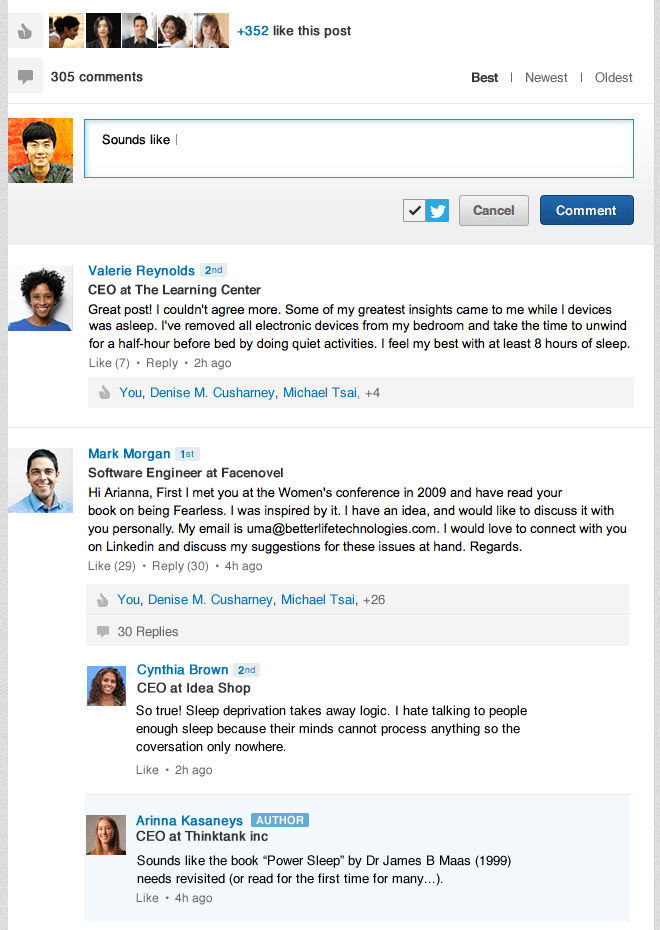
Sometimes, a reader that’s skimmed your post might skip right down to the comments to see what others found useful, before jumping back up to the body of your material.
Also, be polite and professional when responding to your comment section—even if it’s to a less-than- courteous comment. You never know when you might be making first contact with a new client, guest blogger, or even a potential business partner.
The only comments to ignore are the spam comments that are obviously fake. Send those down the “delete” drain, never to be heard from again (and make sure you use a comment filtering plugin like Akismet to help you avoid spammers).
6. Not Adding Social Media Sharing Options
It’s great that your mom regularly reads your material, but eventually you want to reach a wider audience with your blog posts – right?That’s why you need to make yourself as engaging, as clickable, and as shareable as possible. Obviously you start with great content and an eye-catching title, but how do you ensure that you’re reaching as wide a demographic as possible?
Social media is the key.
You should advertise yourself, of course—Garrett Moon, founder of CoSchedule found that you can double your traffic by alerting your readers to new content across social media.
But the truth is, we can do even better, just by adding a little convenience for your readers. Instead of forcing them to copy and paste your URL, blogger Joshua Benton found that you might gain as much as 20% more Twitter traffic through Tweet buttons.
This applies across all platforms, from old favorites like Facebook and Twitter, to new trends like Pinterest. Just be sure that you don’t overload your page with sharing options, or you may actually drive users away.
And, believe it or not, but there’s actually a science to button placement. Slapping social media buttons on the bottom of your blog and calling it a day isn’t good enough—studies show that most visitors will click the top- and left-side of your blog most often. Display your social media icons prominently so that your users don’t have to hunt.
When you make sharing easy, people are more likely to respond. So what are you waiting for? Adding social media buttons is easy and the ROI might be huge.
7. Not Using Analytics
Do you know which posts your readers liked best? Do you understand how people are finding your information?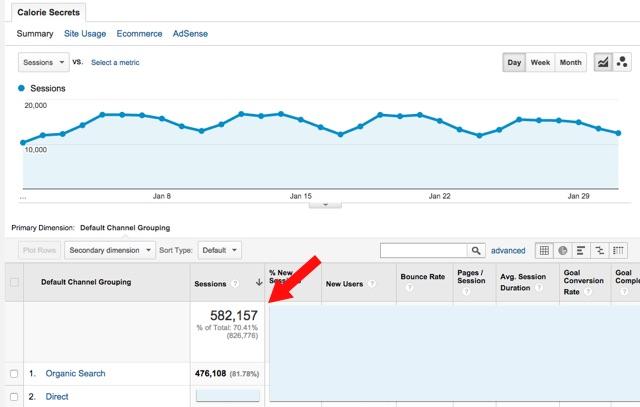
Without analytics data, you’re throwing darts in the dark – and there’s no reason for that! Installing Google Analytics is fast and easy and will give you tons of insights, including:
- Which posts are most popular
- How people are finding your blog (Google, social, links, etc.)
- How long people are staying on your site
- How high your bounce rate is (people who visit one page and immediately leave)
- How users are navigating through your site
- And more!
8. Not Showing Recent/Popular Posts
Sometimes, new visitors just want to see what’s most recently published – other times, they’ll want to read your most popular pieces to know whether or not you’re worth following.You need to give your audience an easy way to find your newest and best stuff so that they don’t have to comb through an ocean of posts to find where the gold is.
Be sure to put this in your sidebar or on your homepage so that it’s front and center where your audience will actually find it.
(Pssst… not sure how to do this? Here’s a killer, easy-to-install plugin that can take care of it all for you!)
Additional Tips
One final tip: readers respond to short roundups that summarize your important points at the end of every post.This isn’t a widespread technique, but it can be quite helpful in capturing the attention of a user that skipped to the bottom of your blog for your point, but didn’t want to wade through the content.
So, to summarize, DON’T:
- Set an unrealistic publishing schedule
- Cram too many words together (use headers instead!)
- Disguise links behind “CLICK HERE” anchors.
- Forget to interrupt your text with some images.
- Ignore your commenters
- Neglect social media buttons
- Forget to install Google Analytics
- Show recent & popular posts
For example, I could have capped my intro with the line: “For a snapshot of the most important points I cover in this post, skip to the bottom.” It’s important to give your readers a “So what?” as early in the post as possible to hook them; don’t save it all for a “big reveal”. Show them you understand their problems and have an answer they are looking for!
Have any more blogging fails that the big lists fail to mention, but that we could all do without?
Let me know in the comments below!

Comments
Post a Comment